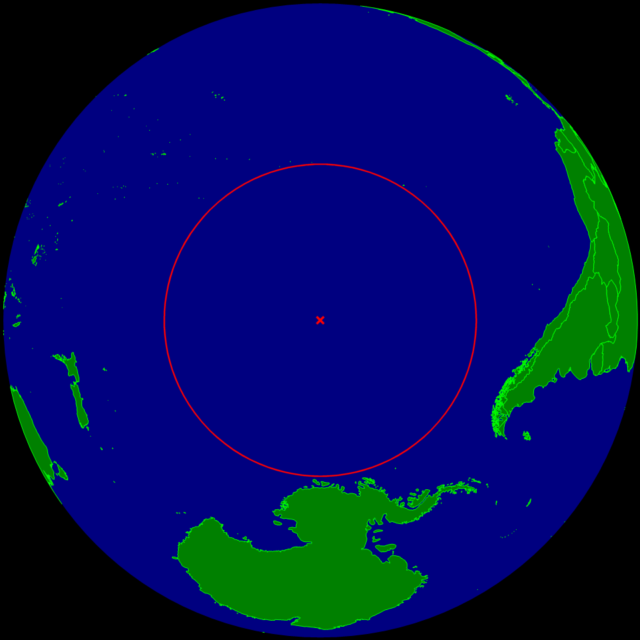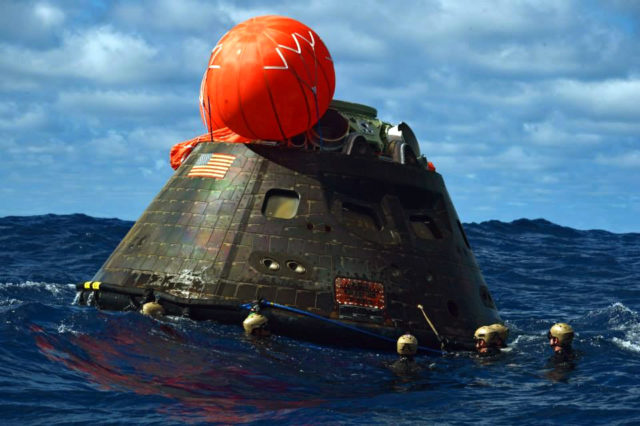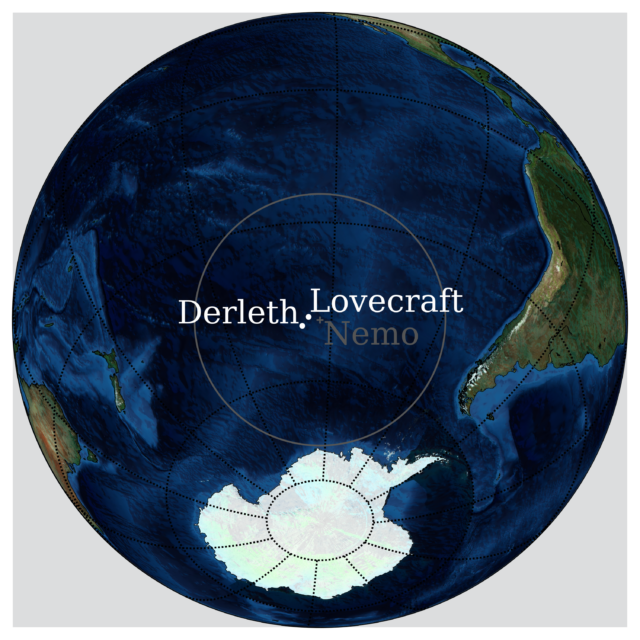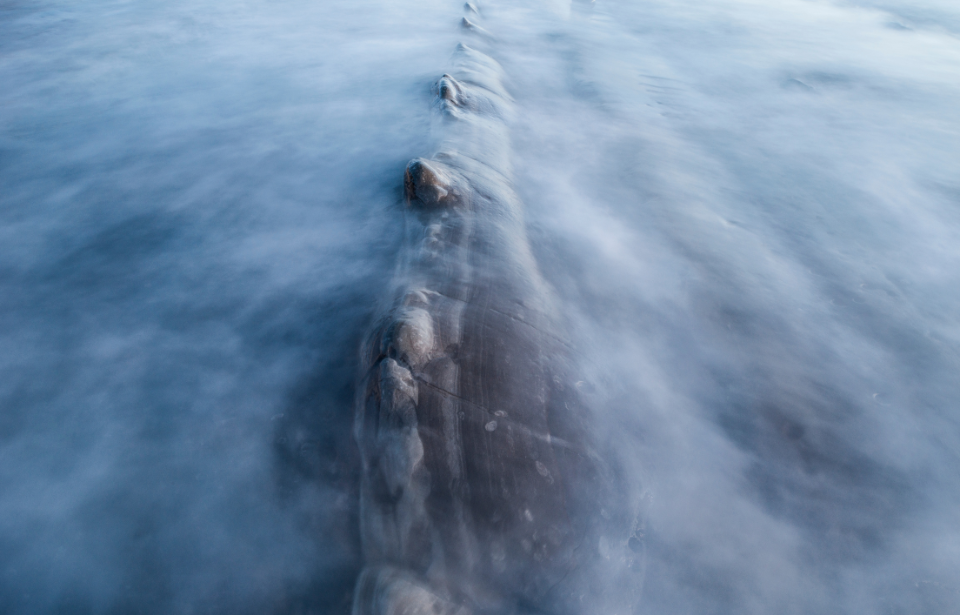Scientists have officially found the most remote location on Earth. Point Nemo is so remote it lies 1,000 miles away from civilization in any direction. This means that astronauts at the International Space Station are the closest human contact.
Point Nemo’s baffling biology
Named after Captain Nemo (which means “no one”) from Jules Verne’s novel Twenty Thousand Leagues Under the Sea, the point is located in the Pacific Ocean at coordinates 48°52.6′S 123°23.6′W, roughly 1,670 miles from the nearest land. To the north, Ducie Island of the Pitcairn Islands is closest; Motu Nui, one of the Easter Islands, is closest to the northeast; and Antarctica’s Maher Island is closest to the south.

The point is actually a massive area of ocean that is 34 times larger than France. It’s well known as a space junk graveyard and could potentially be home to a famed sea monster.
Not only is Point Nemo remote and desolate from a civilization standpoint, but it’s also practically devoid of marine life. The weak ocean currents and lack of any nearby land have depleted the nutrients in the water, making life next to impossible for larger animals. Ever since the area was named the “oceanic pole of inaccessibility” in 1992, scientists have been clamoring to explore the seabed and learn more about the organisms that call it home.
Nemo’s surprising connection to the space industry
The space industry relies on the remoteness of the ocean to safely dispose of or “de-orbit” decommissioned spacecraft like telescopes and even space stations. Since the point is farthest from land, it’s a preferred crash site used to avoid any damage on land as the debris rains down from the atmosphere. Since 1971, 263 pieces of “space junk” have landed in the area.

The Russian space station Mir was decommissioned in 2001 and now lies beneath Point Nemo, which is quickly becoming a space cemetery. NASA has also selected Point Nemo as the final resting place of the International Space Station (ISS), which will be dismantled and reconfigured in 2024.
Currently, astronauts on the ISS fly just 250 miles above Point Nemo – the closest humans have ever been to the area, despite not even being on Earth.
The eerie mystery of ‘The Bloop’
One of the strangest phenomena of Point Nemo is an eerie noise that sounds like it’s straight out of a science fiction story. In 1997, scientists were shocked to stumble upon one of the loudest underwater sounds ever recorded near the Point. Underwater microphones positioned 3,000 miles apart captured the sound that has since been dubbed “The Bloop.”
Experts at the National Oceanic and Atmospheric Administration couldn’t figure out what made the sound, but they knew something incredibly large was responsible. The sound was so loud, it could be heard from 3,000 miles away from its origin! Researchers, including the NOAA’s chief researcher at the time Dr. Christopher Fox, concluded that the sound was neither man-made nor the result of seismic activity. In 2002, the majority of scientists agreed that the Bloop was made by an animal.
A decade later, new research found that the Bloop was actually the result of “ice calving,” when smaller chunks of ice break off of large glaciers to create a new “baby” iceberg.

Science fiction enthusiasts also believed an undiscovered and ancient creature was responsible for the sound. Their theory was backed by a coincidental connection to one of the most beloved sci-fi writers H. P. Lovecraft, who chose to set the fictional city of R’Lyeh, the home of the sea monster Cthulhu from The Call of Cthulhu at a location near Point Nemo.
More from us: The World’s Largest Aircraft Boneyard Is Located In the Arizona Desert
Lovecraft claimed R’Lyeh’s coordinates were 47°9’S 126°43’W, startlingly close to Point Nemo’s coordinates: 48°52.6′S 123°23.6′W.
